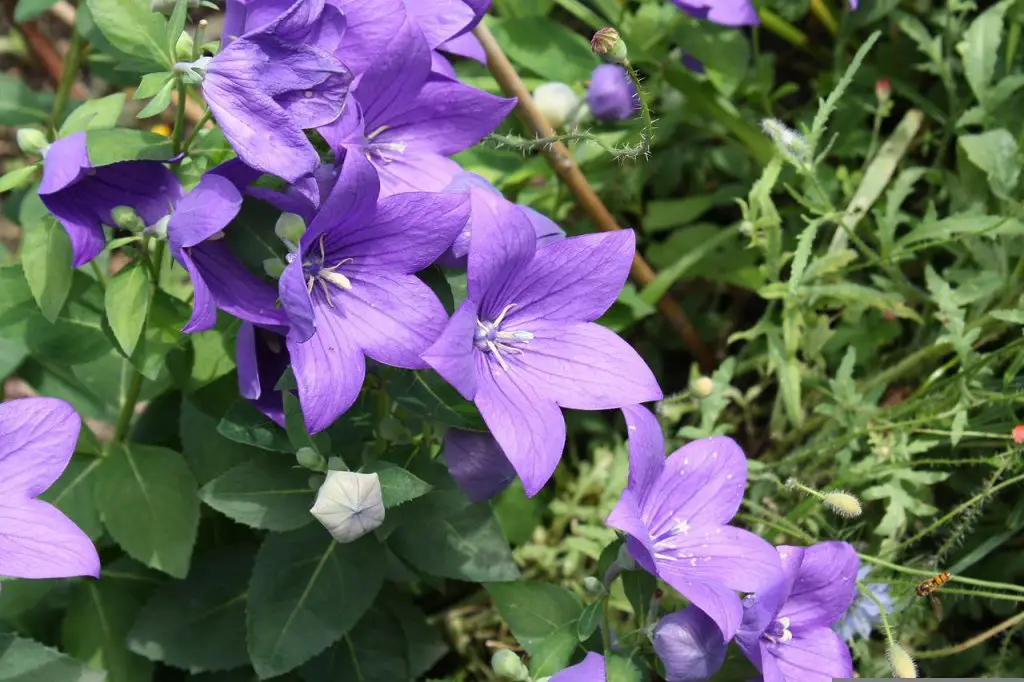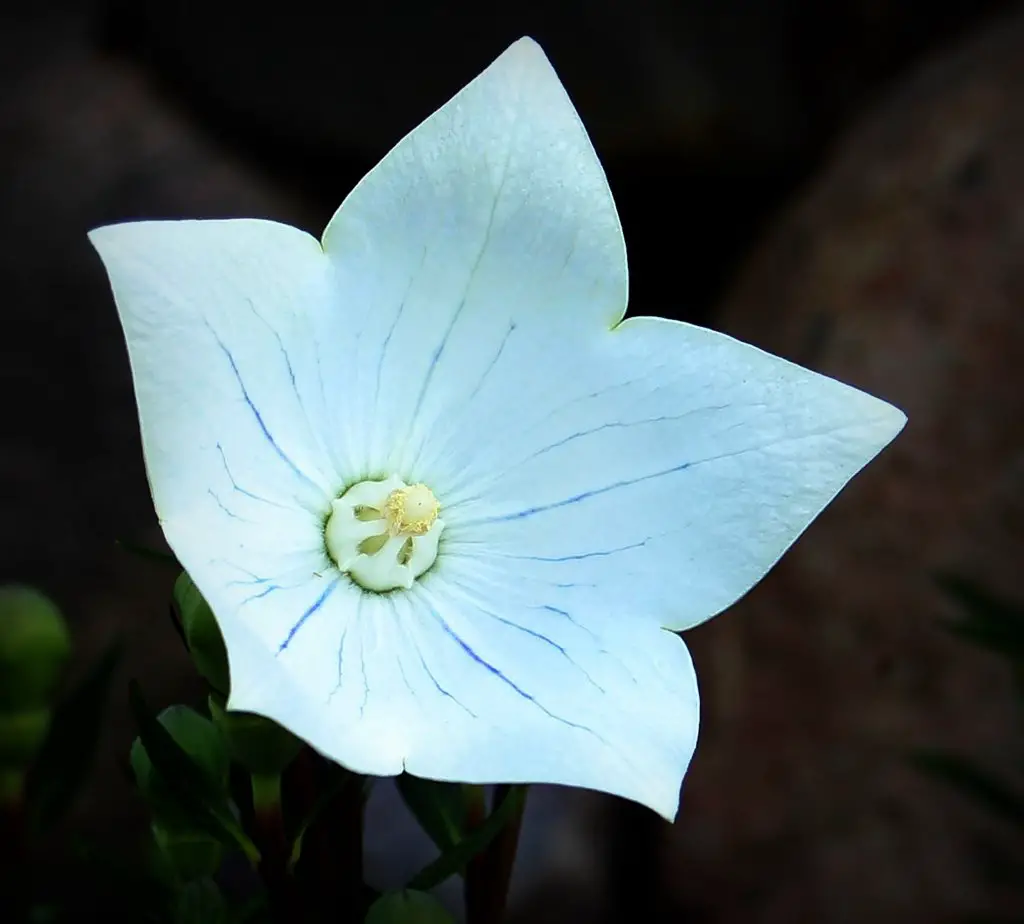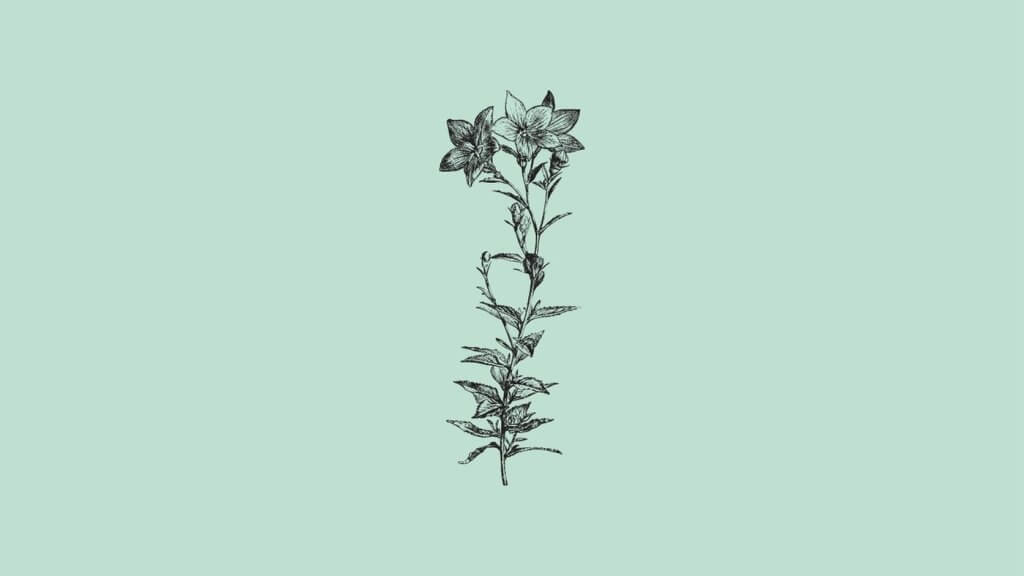Balloon flowers are edible, low-maintenance herbaceous perennials that can withstand periods of drought. They are rarely bothered by disease or insect problems, making them an excellent addition to a home garden. The plant is often used as a medicine to lower blood sugar, help with respiratory system infections and boost the overall immune system.
Balloon Flower plant’s profile
Balloon flowers (Platycodon grandiflorus) are clump-forming perennials that are easy to grow.
Although the balloon flower‘s blooms don‘t resemble bells, they are members of the bellflower family of plants.
This easy-grower blooms with intense blue-violet flowers all summer, but there are also cultivars with white and pink blooms.
What Are You Foraging For Right Now?
We're thrilled to hear your ideas. What would you like to submit today? Feel free to share your thoughts and experiences with us.
Common names include:
- Balloon flower
- Chinese bellflower
- Japanese bellflower
- Double blue
Why is it called balloon flower?
This striking plant is a member of the Campanulaceae family, including bellflower and lobelia. Its common name derives from the puffy balloon-like buds that burst open into starry bell-like blossoms.
With a bloom time in Summer, the balloon flower can be found in areas with full sun to part shade.
What is Platycodon grandiflorus used for?
The balloon flower plant has medicinal uses:
- it lowers blood sugar
- it lowers cholesterol levels in the liver
- it inhibits the release of histamine
Internally it is used to treat:
- coughs with profuse phlegm
- colds
- bronchitis
- pleurisy
- pulmonary abscesses
- throat infections
- hypertension
Other health benefits of balloon flowers may include:
- help with respiratory ailments
- reduction of risk of certain types of cancer
- soothing the digestive tract
- pain reduction
- boosting the immune system
- reduction of the severity of allergic reactions
- elimination of parasites
Can you eat platycodon?
Yes, the balloon flower has several edible parts, including:
- flower
- bulb
- leaves
Its blossoms are sweet, have a bit of texture, and are used in salads, stuffed, candied, or dipped in butter.
Is platycodon poisonous in any way?
Some parts of this plant are toxic, namely the raw roots and the basal leaves, although the roots if appropriately harvested and cooked, are considered a Korean delicacy and quite healthy.
Only the top leaves should be used for a dish, as the radical leaves are considered slightly toxic.
Old leaves should be powdered and used as a flavoring.
How do you eat balloon flower roots?
Although they are pretty, the balloon flower’s hidden value lies in its tuberous roots. For more than 2000 years, the balloon flower’s roots have been used for medical and culinary purposes in Asia.
Very popular food in Korea, the balloon flower root is cut into strips, seasoned with chilis, sesame oil, vinegar, and soy sauce, and enjoyed as a salad.
It is also used in soups, stews, and dishes with vinegar. Also, it‘s one of the ingredients in Toso or sweet Japanese sake.
How do you identify Platycodon grandiflorus?
Resembling a hot air balloon, the flower has puffy, balloon-like buds that swell up to produce the 2- to 3-inch star-shaped flowers.
Often found in sunny spots, the tall stem flowers are:
- blue
- blue-violet
- pink
- pink and white
- white

Several of the most popular varieties of balloon flowers include:
- P. grandiflorus Fuji series: the tallest and most commonly sold variety, with 30” stems and flowers in pink, white, or blue
- Platycodon grandiflorus Astra series: grows double flowers with 10 petals in pink, white or blue
- P. ‘Sentimental Blue’: a dwarf variety that grows about 6” tall with many 1- to 2-inch purple flowers
- P. grandiflorus ‘Komachi’: The bluish-purple flowers of this variety remain in the puffy pillow stage even after they bloom

Where does it grow?
Native to China, Korea, Japan, and Russia, the balloon flower is a herbaceous perennial that is easy to grow and hardy in USDA Zones 3 through 8.
It will grow in most areas of the US in a soil type that is rich, loamy, medium moisture, and well-draining.
Balloon flowers can withstand high temperatures if they get some shade in the afternoon, but their ideal temperature ranges between 60 and 80 degrees Fahrenheit.
Can you grow balloon flowers in your garden?
Balloon flowers grow well in a garden. They’re long-lived, don’t need to be divided, and are deer-resistant and disease resistant. Butterflies, bees, and birds love this flower, so some balloon flowers will certainly attract wildlife to your garden.
They make good houseplants too; just pot them in rich soil.
Planting balloon flowers:
- start with plants or seeds, but know that plants that are grown from seeds will not bloom until their second year
- If you grow from plant or seed, start it indoors in the early spring. Seeds are so hard-shelled that you must crack them to encourage them to sprout
- Whether you transplant the seedlings or choose starter plants from a nursery, make sure to place them in a sunny spot. They will also grow in partial shade, but the plant gets the most flowers if it receives 8 or more hours of sunshine per day starting in late spring.
- Balloon flowers prefer well-drained, loamy, moist soil that’s slightly acidic. Use some mulch to hold moisture in the soil.
Balloon Flowers: 7 Plant-Care Tips
- Stake tall plants to keep them from flopping under the weight of their blooms
- Deadhead the old blooms to keep the plant blooming
- Balloon flowers like moderate temperatures ranging from 60 to 80 degrees Fahrenheit. If you happen to live in a hotter climate, make sure they get afternoon shade
- Pinch back plants when they are about 6” tall,so they can grow into sturdy, stocky plants
- Balloon flowers do not need a lot of water once established and can handle short dry spells
- After a season of growth, work compost into the soil around their roots in the fall to replenish them
- Fertilize them in the spring before they bloom
Ana has always been interested in all things nature and flora. With her expertise in home gardening and interest in foraging, she has been spending her weekends and free time looking for edible native plants, flowers, and fungi. One of her many hobbies includes testing new savory and sweet recipes, juices or teas made from freshly picked plants, wild fruits, or mushrooms.

